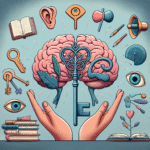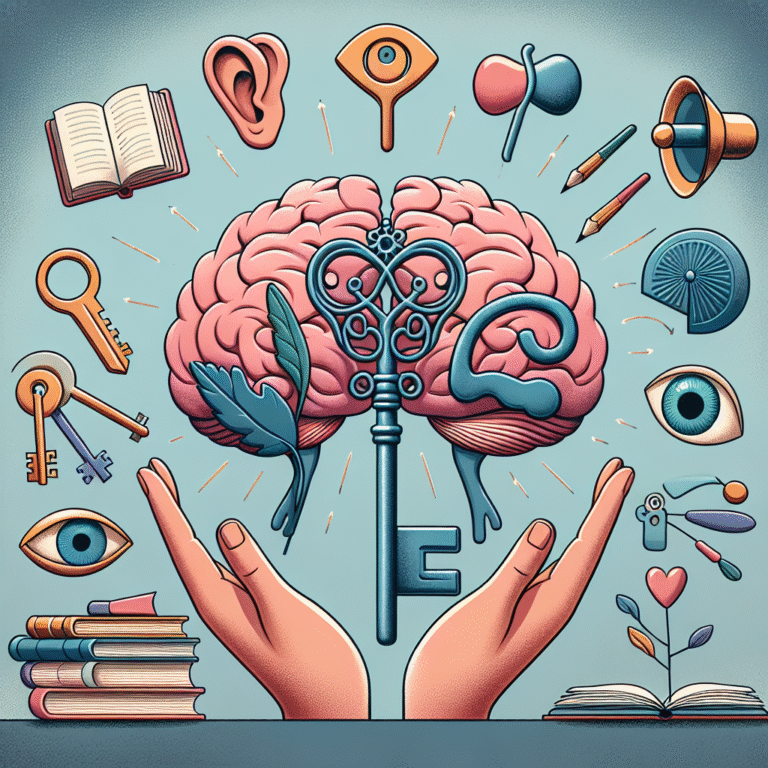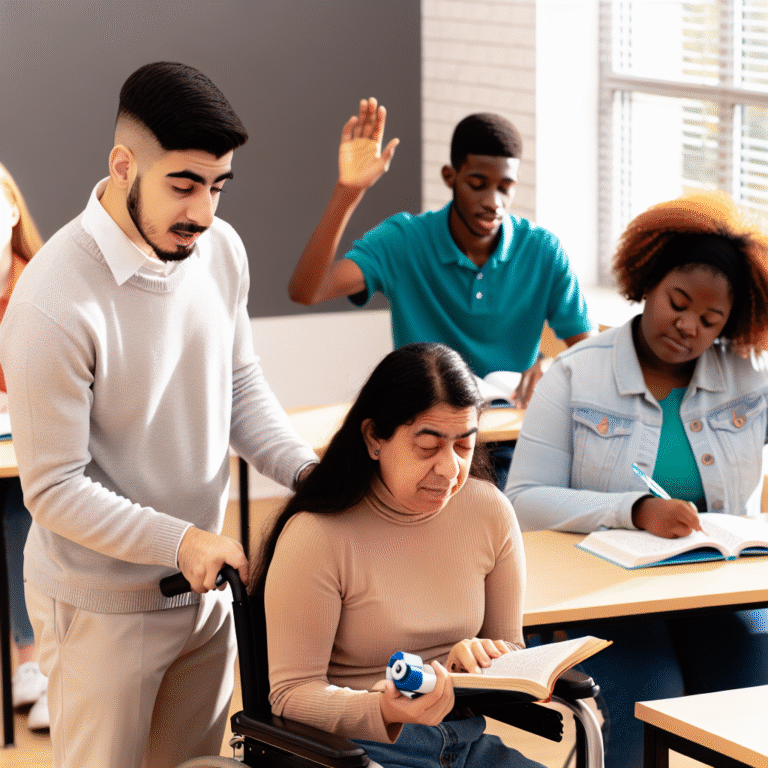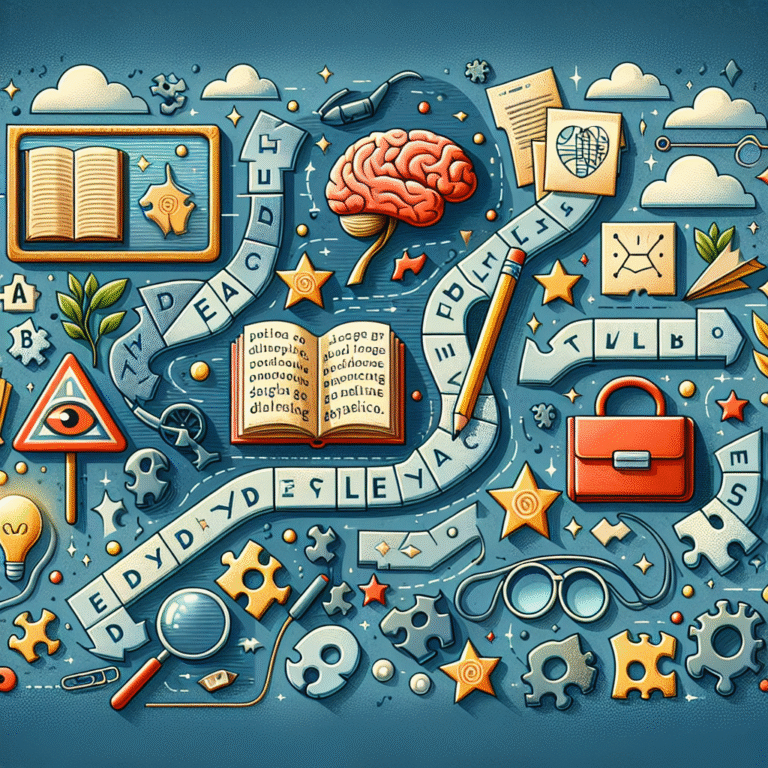
Recognizing Learning Disabilities: The Ultimate Guide for Parents and Educators
Introduction
"Every child is a different kind of flower, and all together, they make this world a beautiful garden." This quote by an unknown author beautifully captures the diversity of learning abilities in children. Recognizing learning disabilities early can be a game-changer, ensuring that every child receives the tailored support they need to flourish. This article serves as Recognizing Learning Disabilities: A Guide for Parents and Educators, offering insights, strategies, and real-world applications to empower adults in their quest to support students with learning disabilities. Whether you are a teacher or a parent, understanding how to identify and address these disabilities lays the groundwork for unlocking potential.
Understanding Learning Disabilities
What Are Learning Disabilities?
Learning disabilities are a group of neurological disorders that affect the brain’s ability to receive, process, analyze, or store information. They can impact reading (dyslexia), writing (dysgraphia), and mathematics (dyscalculia). Recognizing learning disabilities involves identifying their signs, understanding how they manifest, and knowing what resources are available for support.
Common Myths About Learning Disabilities
Myth: Learning disabilities are caused by laziness or lack of motivation.
- Fact: Learning disabilities are neurological and cannot be overcome by mere willpower.
Myth: Once identified, learning disabilities cannot change.
- Fact: With proper intervention and support, many students can excel academically.
- Myth: Only children in special education have learning disabilities.
- Fact: Many children with learning disabilities thrive in general education settings when provided with appropriate support.
Recognizing the Signs
Early Indicators
Parents and educators should be observant of certain early indicators that can signal a learning disability:
Preschool Years:
- Difficulty with recognizing letters or numbers
- Trouble with rhyming games or verbal play
- Problems following directions
- Elementary Years:
- Struggles with reading fluency and comprehension
- Difficulty with written expression
- Poor mathematical reasoning and problems solving
Observing Behavioral Patterns
Sometimes, emotional and behavioral signs may also indicate a learning disability:
- Frustration and anxiety during homework or assessments
- Avoidance of reading and writing tasks
- Frequently losing or misplacing items
Case Studies Illustrating Recognition of Learning Disabilities
Case Study 1: “Liam’s Journey”
Background: Liam was a bright child who struggled to keep up with his classmates during reading sessions. His frustration led to behavioral issues in class.
Recognizing the Disability: Liam’s teacher noticed he expressed feelings of defeat when left to read aloud. A series of assessments confirmed he had dyslexia.
Outcome: With parental support and a tailored reading program, Liam’s confidence improved, leading to significant academic gains.
Analysis
This case illustrates the importance of observing not just academic performance but also emotional responses to learning tasks. By addressing Liam’s reading difficulty early, educators could implement interventions that supported his unique learning needs.
Case Study 2: “Sophia’s Strengths”
Background: Sophia was a third-grader with a fantastic imagination but struggled significantly with written assignments.
Recognizing the Disability: Her teacher implemented a strategy of allowing Sophia to dictate her stories instead of writing them. This approach highlighted her strong verbal skills while revealing issues related to dysgraphia.
Outcome: Sophia’s dictations were later transformed into stories, allowing her to express her creativity without the hindrance of handwriting difficulties.
Analysis
Sophia’s case shows how to leverage a child’s strengths while identifying their challenges. A supportive environment that embraces varied methods of expression can foster a love for learning.
Strategies for Parents and Educators
Building Awareness and Knowledge
Professional Development: Educators should gain knowledge about different kinds of learning disabilities and how they affect students.
- Engagement with Parents: Parents must be informed about the signs of learning disabilities and encouraged to seek assessments when necessary.
Creating a Supportive Environment
Open Communication: Foster a dialogue among educators, parents, and students about challenges and strengths openly.
- Individualized Education Programs (IEPs): Develop and implement IEPs for students with diagnosed disabilities that outline specific accommodations and goals.
Teaching Strategies
Multi-Sensory Instruction: Use techniques that involve visual, auditory, and kinesthetic learning styles to enhance understanding.
- Frequent Assessments: Regularly evaluate students’ progress to adjust strategies and highlight areas for growth.
Common Tools and Resources
| Resource | Description |
|---|---|
| Reading Rockets | Provides reading strategies and resources for children with reading disabilities. |
| Understood.org | Offers resources and community support for parents and educators working with children with learning and attention issues. |
| The International Dyslexia Association | Provides resources and research on dyslexia and best practices for teaching students with dyslexia. |
Conclusion
Recognizing learning disabilities is not just about identifying challenges; it’s about unlocking potential. By promoting understanding among educators and parents, we can create environments where children feel supported and empowered to succeed. Every child deserves the chance to thrive academically and personally, and with commitment and awareness, we can make that happen.
Takeaway: Whether you are a parent or an educator, stay vigilant. Recognizing learning disabilities early is crucial to providing the right support, ensuring every child can bloom in their unique way.
FAQs
1. What are the primary types of learning disabilities?
Learning disabilities commonly include dyslexia (reading difficulties), dysgraphia (writing difficulties), and dyscalculia (math difficulties).
2. How can I support a child with a learning disability at home?
Engage in regular reading sessions, use multi-sensory learning techniques, and create a structured routine to help the child feel secure.
3. When should I seek professional help for my child?
If a child is consistently struggling across several academic areas, it is advisable to seek an evaluation from a qualified professional.
4. Are learning disabilities hereditary?
Yes, learning disabilities can run in families, indicating a genetic component.
5. How can teachers implement accommodations in their classrooms?
Teachers can provide accommodations like extended test time, allowing alternative forms of assessment, and reducing homework loads to fit individual student needs.
6. What are the best practices for communicating with parents about their child’s learning difficulties?
Maintain a nurturing tone, focusing on strengths alongside challenges, and collaborate to create supportive strategies together.
By engaging with this guide, you are taking a significant step toward understanding and supporting children with learning disabilities. The journey is challenging, but the rewards—seeing children thrive and reach their full potential—are immeasurable.






